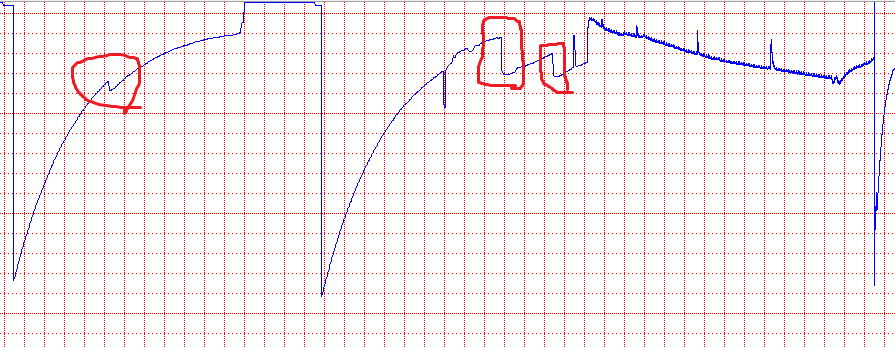Other Parts Discussed in Thread: TL081
Hi
I have quick questions regarding TLE2426IDR. We are using this virtual ground to our transimpedance amplifier so we do not have to use rail to rail power supply.
The issue is when VCC or ground change (Due to high load on circuit board) the TLE2426 output to change which cause amplifier output to change too.
I have attached below graph to see what happen to amplifier output every time VGND voltage change. This mostly happen if any thing high load turns on in the pcb such as heater.
I want to know is it possible to keep VGND output steady.




